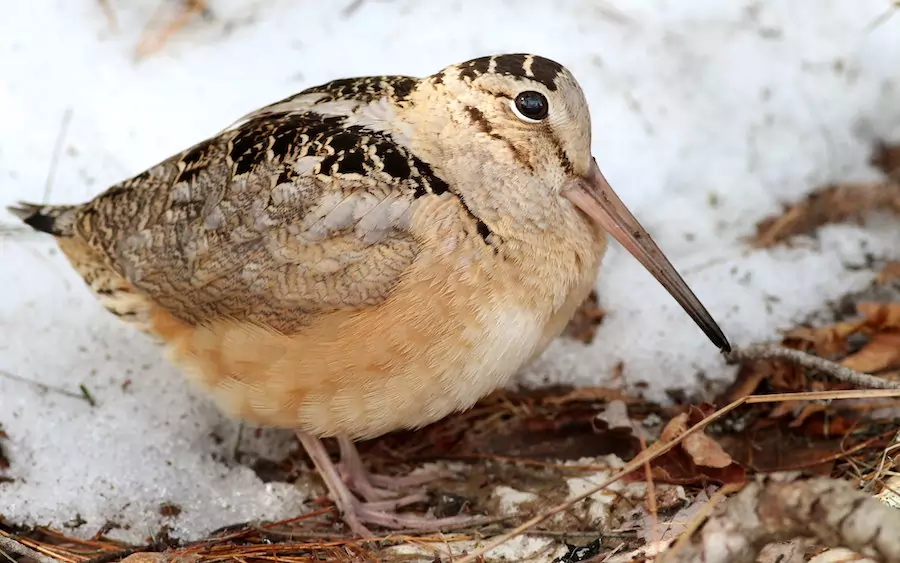Here we’ll go through the top 10 slowest animals in the world. With a surprising bonus animal at the end!
While speed can be a matter of life or death in order to escape predators. Some creatures seem to not want to, or not need to move quickly!
There are actually many animals that don’t move at all, such as oysters and mussels. But we haven’t included them as they are just too slow!
This list of animals do at least move, just really slowly!
Slowest animals in the world
Let’s begin with a quick summary table, then read on, or watch the video below from the Ranger Planet YouTube channel, to understand how far they travel, and the reasons they move so slowly.
| Rank | Animal | Speed |
|---|---|---|
| 1 | Sea anemone | 4 inches per hour (10 cm/h) |
| 2 | Garden snail | 3 feet per hour (1 m/h) |
| 3 | Pink starfish | 30 feet per hour (9 m/h) |
| 4 | Dwarf Sea horse | 5 feet per hour (1.5 m/h) |
| 5 | Three-toad sloth | 0.17 mph (0.27 km/h) |
| 6 | Giant tortoise | 0.2 mph (0.3 km/h) |
| 7 | Banana slug | 0.3 mph (0.4 km/h) |
| 8 | Slow loris | 1.2 mph (1.9 km/h) |
| 9 | Gila Monster | 1.5 mph (2.4 km/h) |
| 10 | Koala bear | 6.2 mph (10 km/h) |
1. Sea anemone – 4 inches per hour (10cm)
Speed: 4 inches per hour (10 cm)
Sea anemone is the slowest sea animal in the world
The sea anemone is related to coral and jellyfish. There are over 1,000 species of sea anemones that come in numerous colors, shapes, and sizes.
They rarely detach themselves from coral or rocks and hunt by waiting for small fish to pass close enough to catch. They move occasionally on their single foot called a pedal disc.
Time-lapse photography is really the only way to noticeably capture them moving.
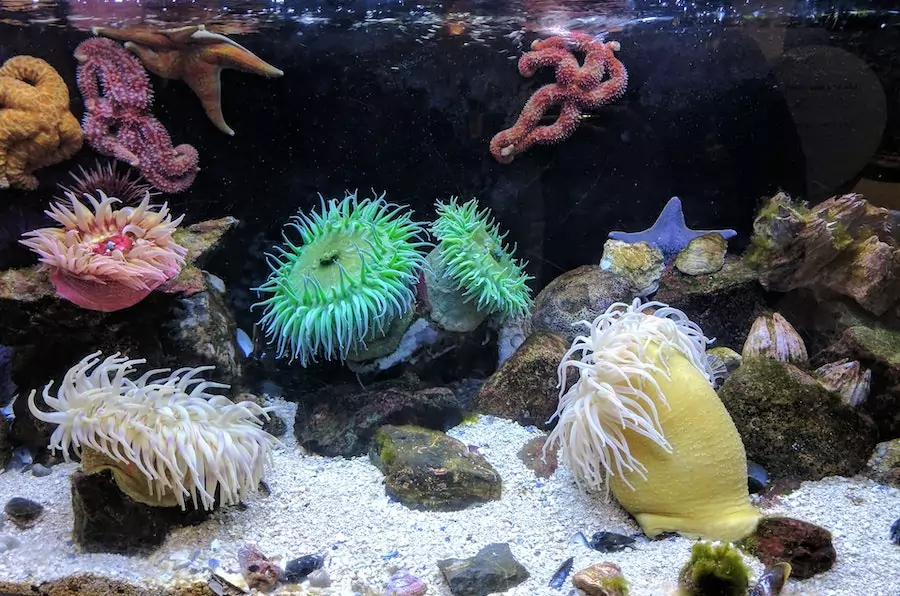
2. Garden snail – 3 feet per hour (1m)
Speed: 3 feet per hour (1m)
Garden snails are the slowest land animal in the world
According to studies, the top speed of garden snails is around three feet per hour – or just 0.006 miles per hour.
Unlike slugs, snails have tough shells on their backs they can retreat into, so they have even less need to outrun predators.
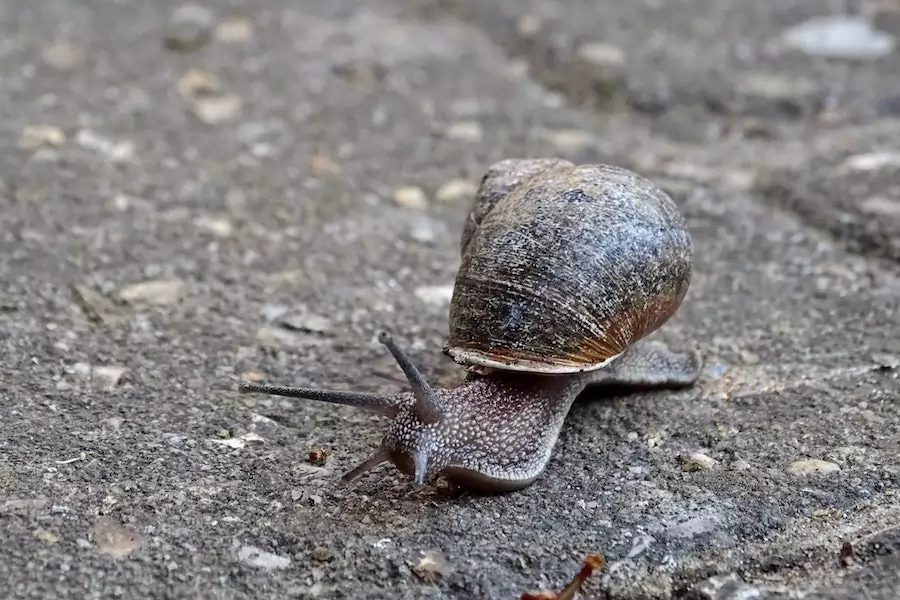
3. Pink starfish – 30 feet per hour (9m)
Speed: 30 feet per hour (9m)
There are 2,000 different species of starfish spread around all of the world’s oceans and most are known to be very slow.
They use tubular muscles at the bottom of their tentacles to move at speeds of around 6 inches per minute.
It helps when sometimes ocean currents occasionally move them more quickly over longer distances.
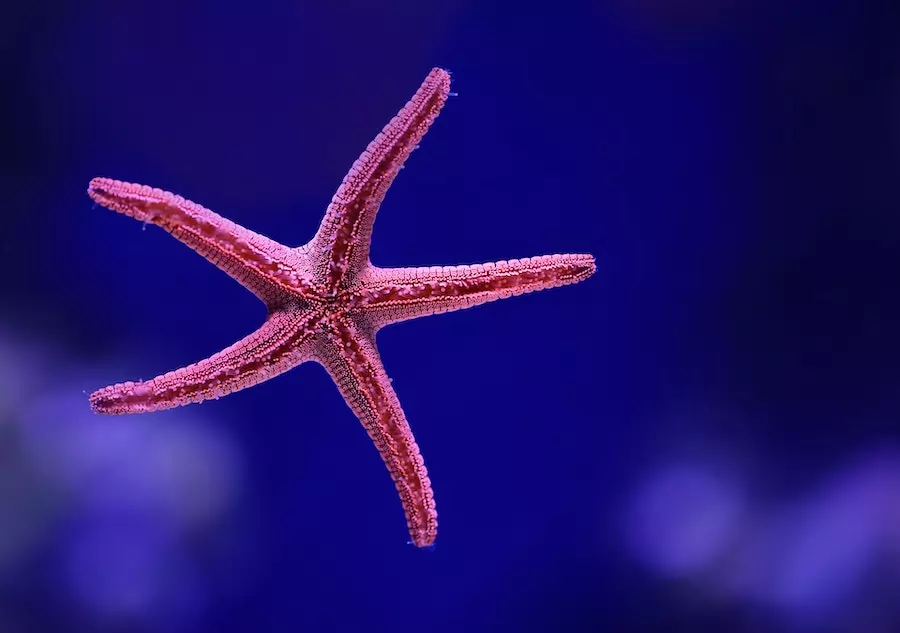
4. Dwarf sea horse – 5 feet per hour (1.5 m/h)
Speed: 5 feet per hour, 1.5 m/h
The dwarf seahorse is one of the smallest species of seahorse commonly found in the Bahamas and in other oceans around the Americas.
It holds the world record as the slowest moving fish, and generally just drift on ocean currents. This means they move at just 6 inches per hour.
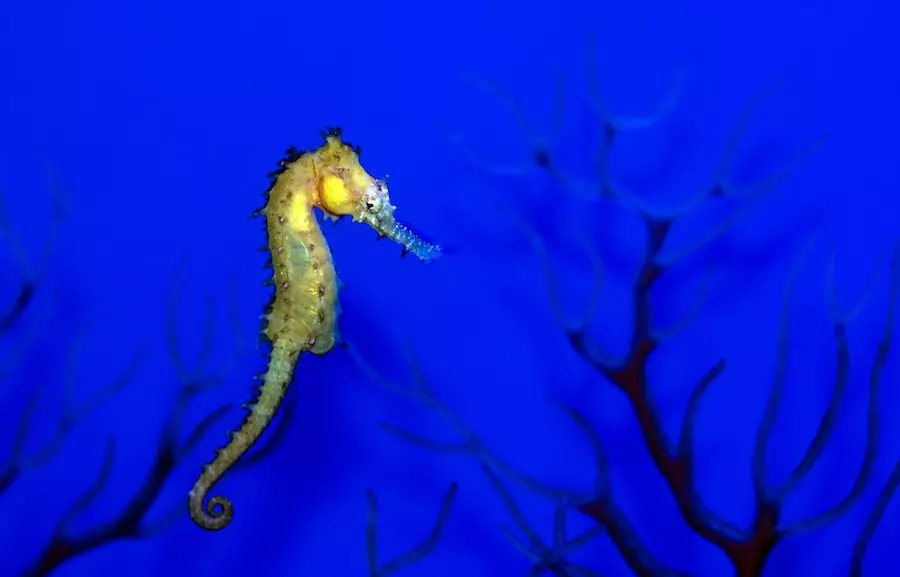
5. Three-toed sloth – 0.17 mph (0.27 km/h)
Speed 0.17mph, around 0.27 km/h
The world’s slowest animal
The three-toed sloth is native to Central America and is the slowest mammal in the world.
They move at just up to almost 8 feet (2.4 m) per minute when on the ground. Surprisingly quicker when in trees at just over 18 feet (5.6 m) per minute.
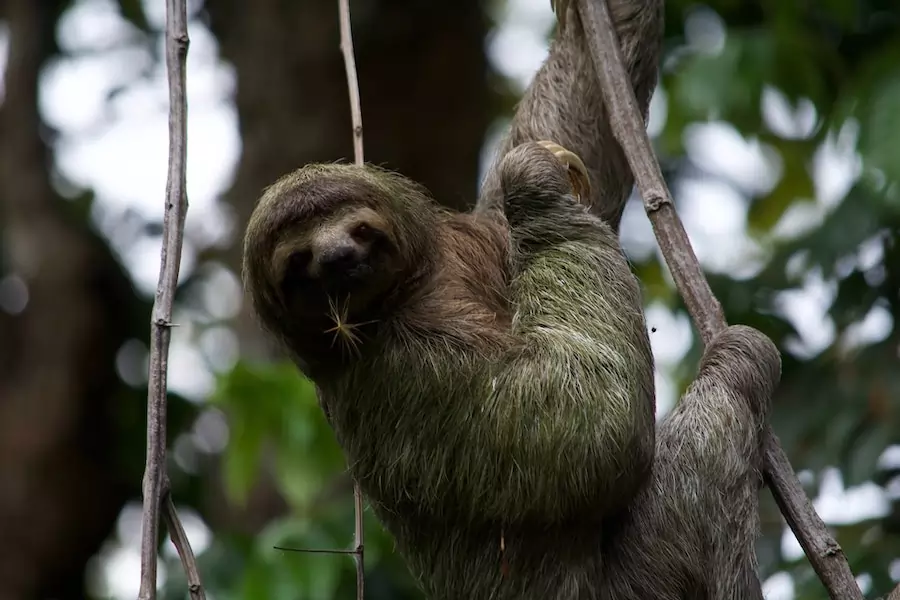
6. Giant tortoise – 0.2 mph (0.3 km/h)
Speed: 0.2 mph, around 0.3 km/h.
Giant tortoises generally only move about 1.2 miles (2 km) per day when on dry land. Mainly as their shells are very heavy and cumbersome.
Giant tortoises live for a long time, so perhaps they don’t need to move quickly!

7. Banana slug – 0.3 mph (0.4 km/h)
Speed: 0.3 mph or 0.4 km per hour
Slugs are gastropod mollusks with no shell, and their lack of shell at least makes them quicker than the garden snail.
The banana slug is considered the slowest of all the gastropods at just over 3 inches (7.5cm) per minute.
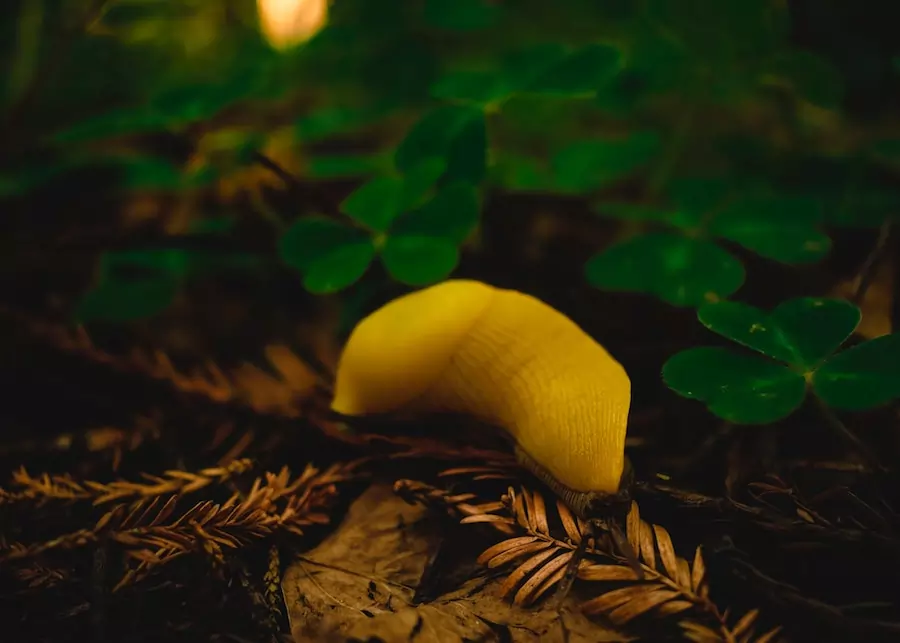
8. Slow loris – 1.2 mph (1.9 km/h)
Speed: 1.2 mph, or 1.9 km/h
The south-east Asian slow loris is the world’s only venomous primate.
Toxins coat the slow loris fur, mouth, and elbows.
This protection from predators enables the slow loris to take it nice and slow when moving at a slow pace of just 1.9 mph (1.9 km) per hour.
But, they can move deadly fast when within striking distance of a tasty insect
Slow loris can cover around 5 miles, (8 km) during the course of a night.
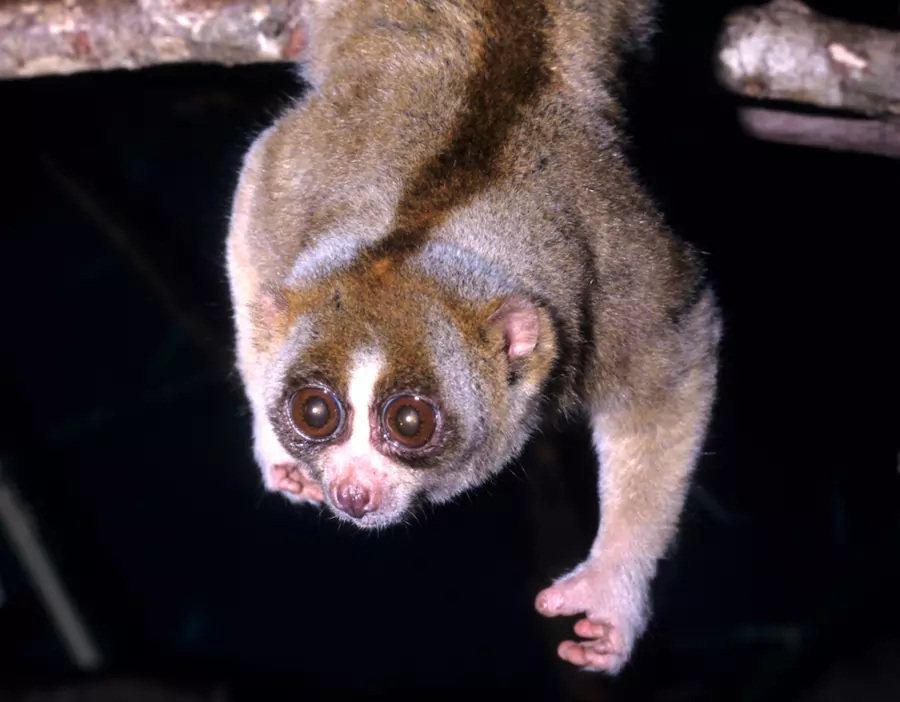
image 9. Gila monster – 1.5 mph (2.4 km/h)
Speed: 1.5 mph, or about 2.4 km/h
The worlds slowest reptile
A type of venomous lizard, the Gila monster is native to the Southwestern USA.
During hunting, Gila monsters can reach speeds of 1.5 mph (2.4 km/h).

10. Koala bear – 6.2 mph (10 km/h)
Speed: 6.2 mph, or around 10 km/h
Koala bears conserve energy very efficiently. Mainly by sleeping and resting for most of the time, and by moving very slowly.
They don’t need to move much though, as they spend most of their time living on the eucalyptus tree and eating its leaves.

And here’s our slowest animal surprise bonus – the slowest bird in the world!
11. American woodcock – 16-28 mph (26-46 km/h)
Speed: 16-28 mph, or 26-46 km/h
This might seem quite fast for an animal. But not for a bird.
The American woodcock is the slowest bird you will ever see.
They spend most of the time under camouflage on the ground, and their body shape is small and stout, so not quite built for aerodynamics!
That’s the Slowest Animals in the World. Here’s More Wildlife help
We hope this has helped to answer the question of what are the slowest animals in the world. Be sure to check out other interesting posts on Ranger Planet. here are a few to get you started.
11 Most Dumbest Animals on the Planet, and Why!
Animals That Don’t Sleep, Look Asleep, or Kind of Sleep
Top 10 Animals That Live in the Tundra, Plus Handy A-Z List
What Eats Grass: The Full A-Z List of Animals That Eat Grass

